A focus on Alternative Varieties and Classic Reds – other than Pinot Noir – gave us real insight into some of the exciting new wines that are coming out of New Zealand.
The sub-heading of one Masterclass – Pinot Nah – kind of summed up a new approach by New Zealand Wine to ‘park’ the varieties we have come to expect from the country (Sauvignon Blanc, Pinot Noir, Chardonnay) and focus instead on the areas that might not be too familiar – Lagrein from Marlborough anybody?
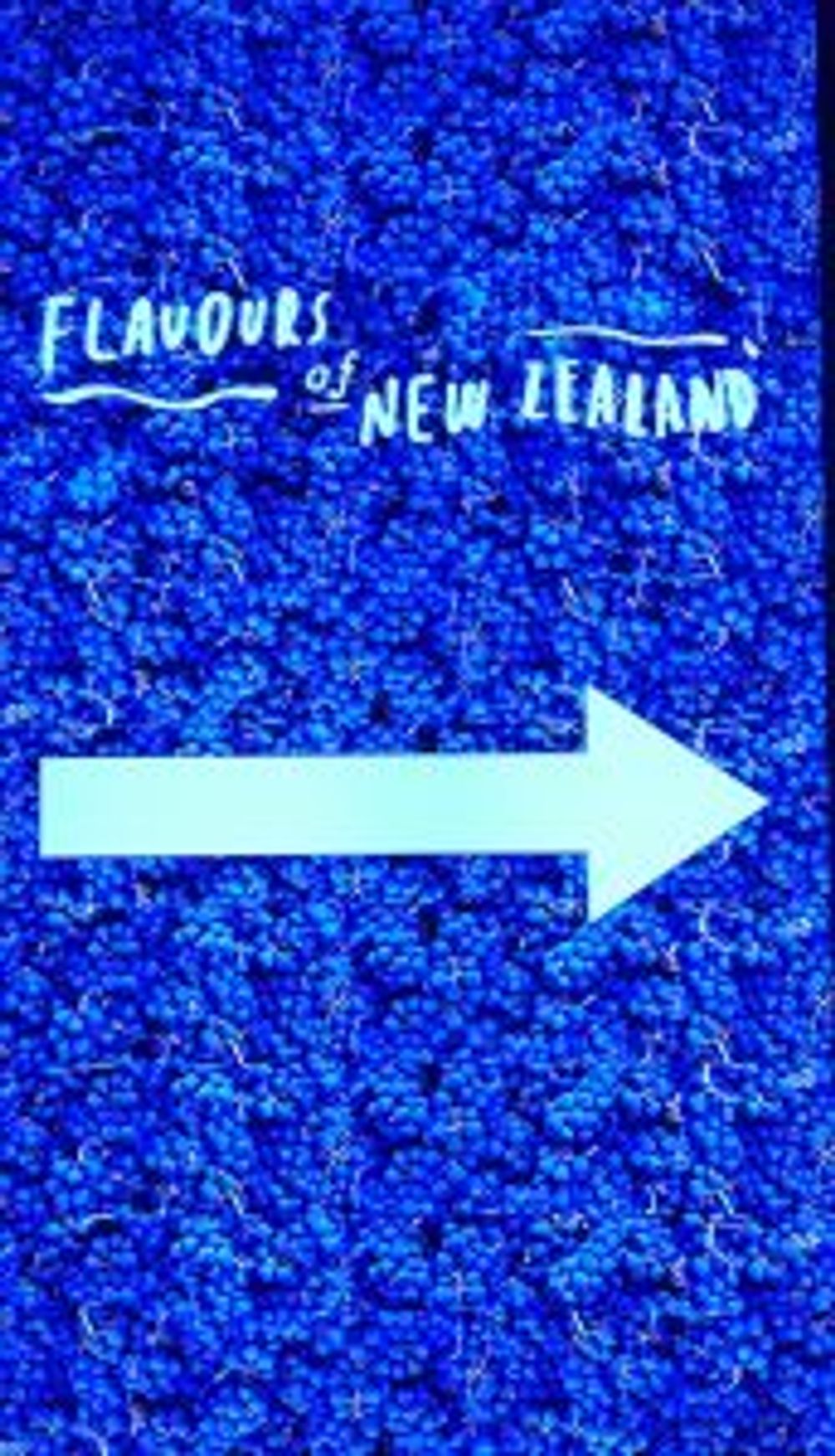
To the UK wine trade that had just navigated itself around Bourgogne Week and its 40 tastings this was some relief.
That’s not to say those varieties weren’t there, with Sauvignon Blanc, Pinot Noir and Chardonnay accounting for 30,000 of New Zealand’s 37,000 hectares wine producing area, of course they were, it was more that the traditional styles of those varietals don’t need to be put on the map as much, say, as an exciting new Viognier from Gisborne or helping us know what the difference is between the Wairarapa and Waipara regions.
Almost everything was done differently at this all-day tasting: new format, new vintage, new ideas. And the new venue, County Hall, worked too. Once the home of the Greater London Council, I can remember this from the 1980s when the front was a giant sign of London’s millions unemployed that the GLC’s Ken Livingstone insisted be displayed so large that Margaret Thatcher could see it from the Houses of Parliament opposite. County Hall is synonymous with breaking away from the status quo.

You came away from Flavours of New Zealand with the overriding message that New Zealand wine is no one-trick pony and, as we in Britain know only too well, an island mentality breeds innovation.
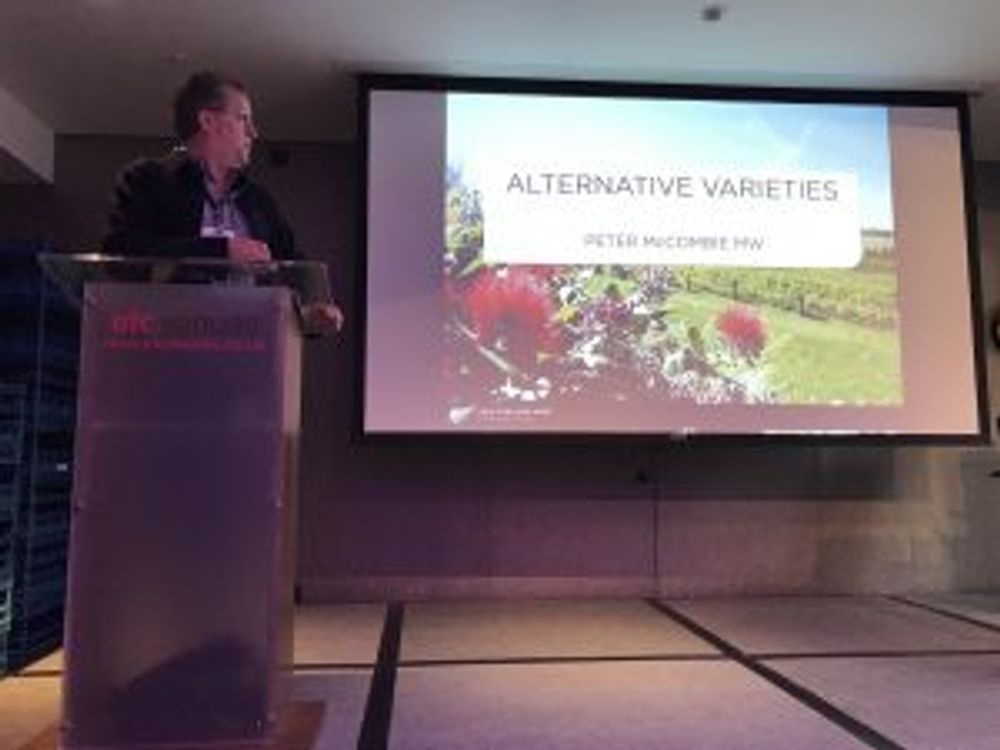
Peter McCombie’s excellent master class on Alternative New Zealand was one of four in the new 30 minute format
The new style of master classes – 30 minutes instead of 60 – meant that there was less waffle with the speakers focused and concise. We only covered a sensible six wines in each, allowing the attendees to actually spend some time on the floor and make more discoveries of their own. When the sommeliers in attendance (and there were a lot) are between service that can mean the difference between coming to an event and not coming.

Seresin’s range of limited intervention Pinots are always a treat
Last year and this, New Zealand Wine has focused on the diversity of regions, grapes and styles of winemaking. It believes every restaurant list should have at least one Sauvignon Blanc on it and now possibly one more – showing off a different expression.
Last year one theme was emphasising the regionality of Pinot Noir as a way of upselling it to customers. One suspects that the paucity and price of Old World Pinot Noir in 2018 might make taking a New Zealand Pinot on your list a bit of a no-brainer. As well as say one from Germany, as I’m sure ABS and Howard Ripley would be happy to point out.
So what are these Alternative Varieties?
Each of the varietals tasted in an excellent on-trade focused seminar called Alternative New Zealand by Peter McCombie MW is in no danger of overtaking Sauvignon Blanc, Pinot Noir and Chardonnay in terms of acreage but in terms of niche and growing market they clearly have a place and are well worth looking out for.
Viognier has the largest production out of the six wines we tasted – 100 hectares in the country – and Millton’s Riverpoint Viognier, 2015 (Bibendum) would be useful in the hands of any sommelier. It was clearly Viognier on the nose with notes of honeysuckle and gingerbread but on the palate it was rich and full with flavours of tinned peaches, spice and a bit of phenolic grip. “It’s got a lot of personality without being a caricature,” as McCombie put it.
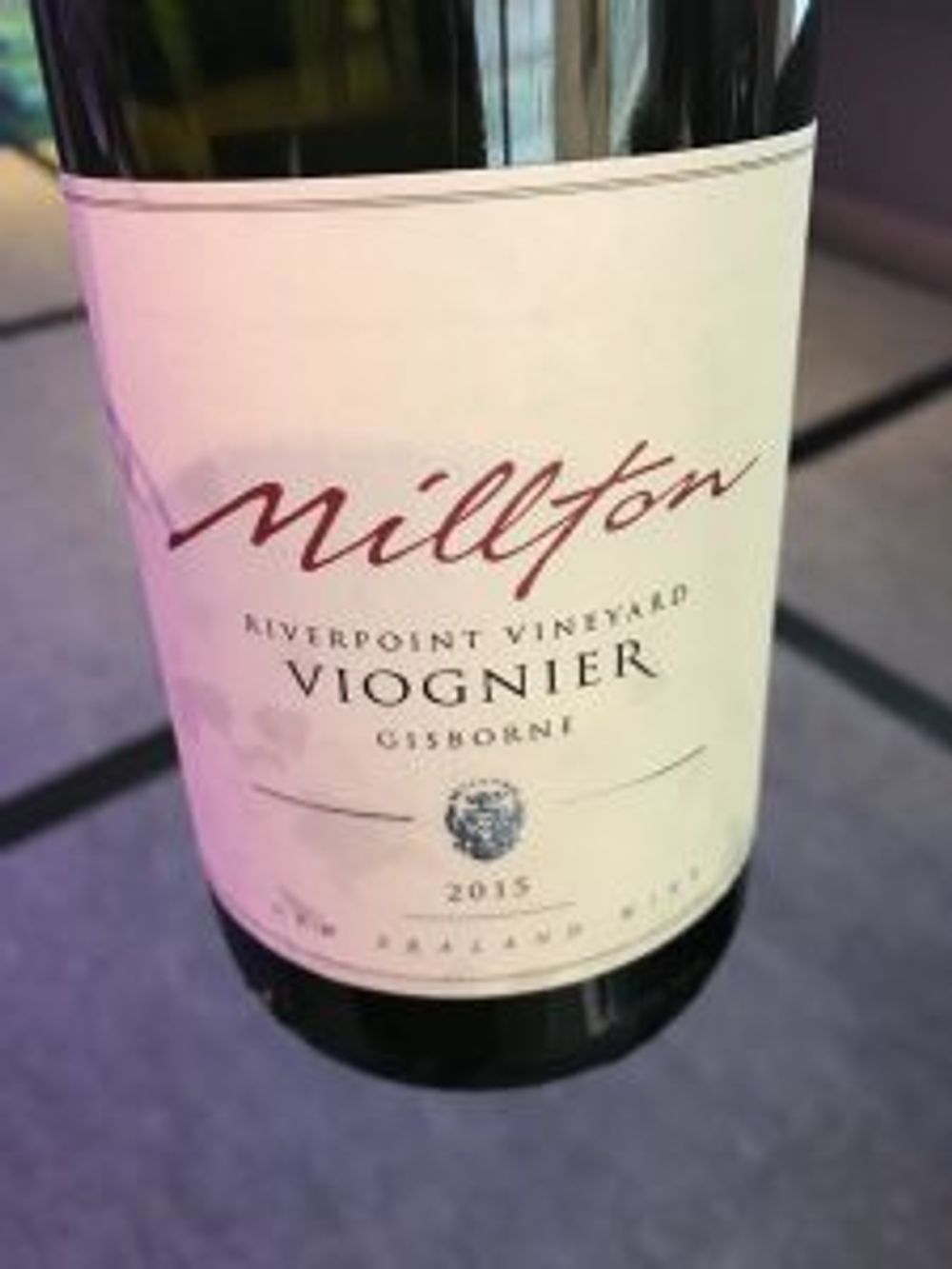
There are 46 hectares of Grüner Veltliner growing in New Zealand, the one we tried was very fresh given it was a 2013. Blank Canvas, Marlborough (Liberty) had a green nose of grass and green beans and was dry with terrific texture in the mouth and the character of the barrel rather than the flavour of the barrel. Again, you could see this in a variety of on-trade scenarios, particularly ‘by the glass’.
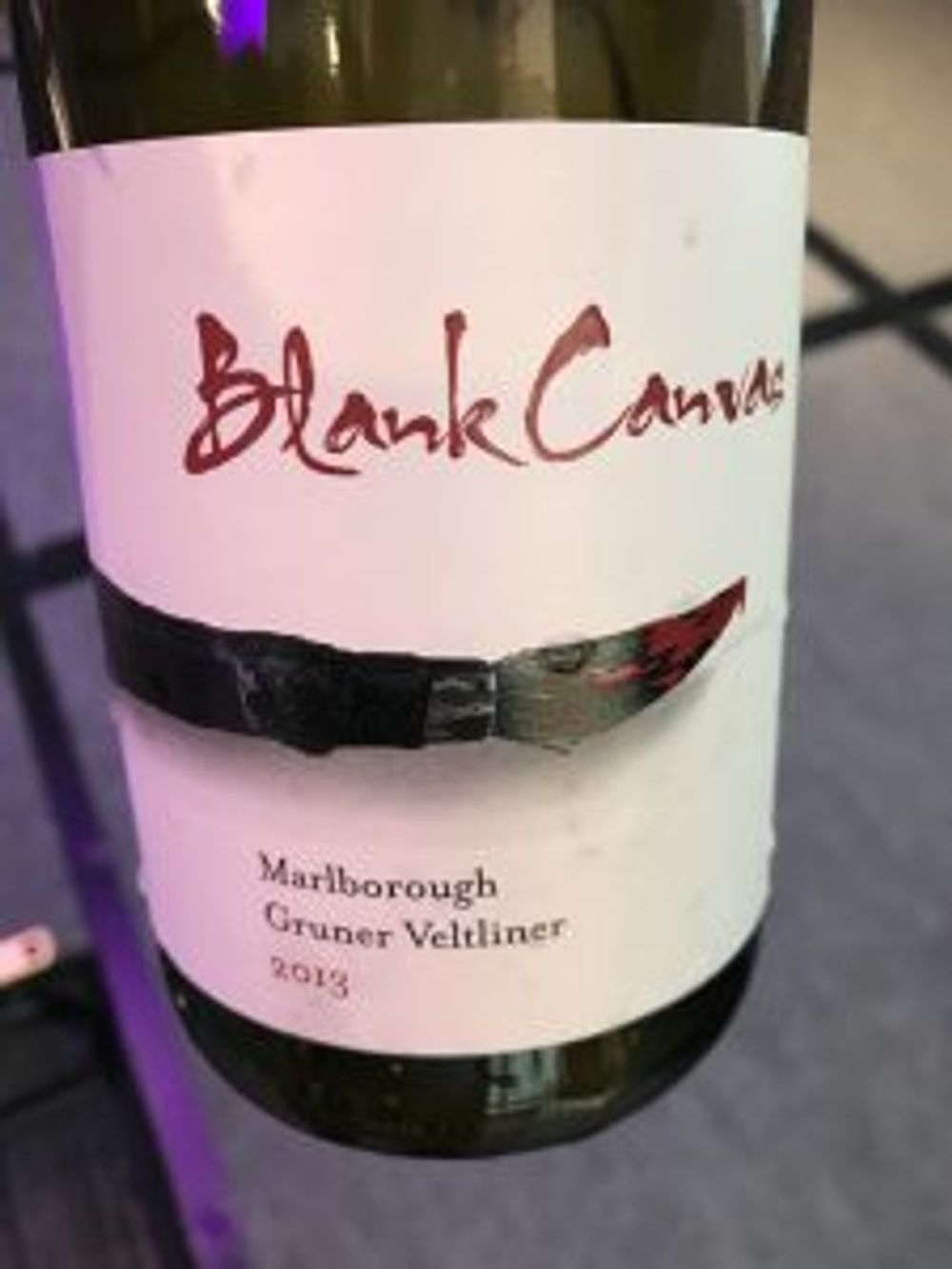
Another great food wine was the Aronui Single Vineyard Albariño (Connoisseur Estates) from Nelson, 2016 that was very different to the same variety grown in Spain or Portugal. This had a herby, white pepper nose but was bigger with a nice fruit intensity and 7.4 g/L residual sugar that makes it an attractive commercial proposition. There were lifted flavours of greengage with a fine, crisp, saline finish. There are 30 hectares of Albariño grown in New Zealand.

We also tried a fine, pale pink Rosé made from Pinot Meunier called Middle Earth, 2017 from Nelson that was more generous than Pinot Noir Rosé, and was pretty, classy and very drinkable. These guys are seeking a distributor here in the UK.
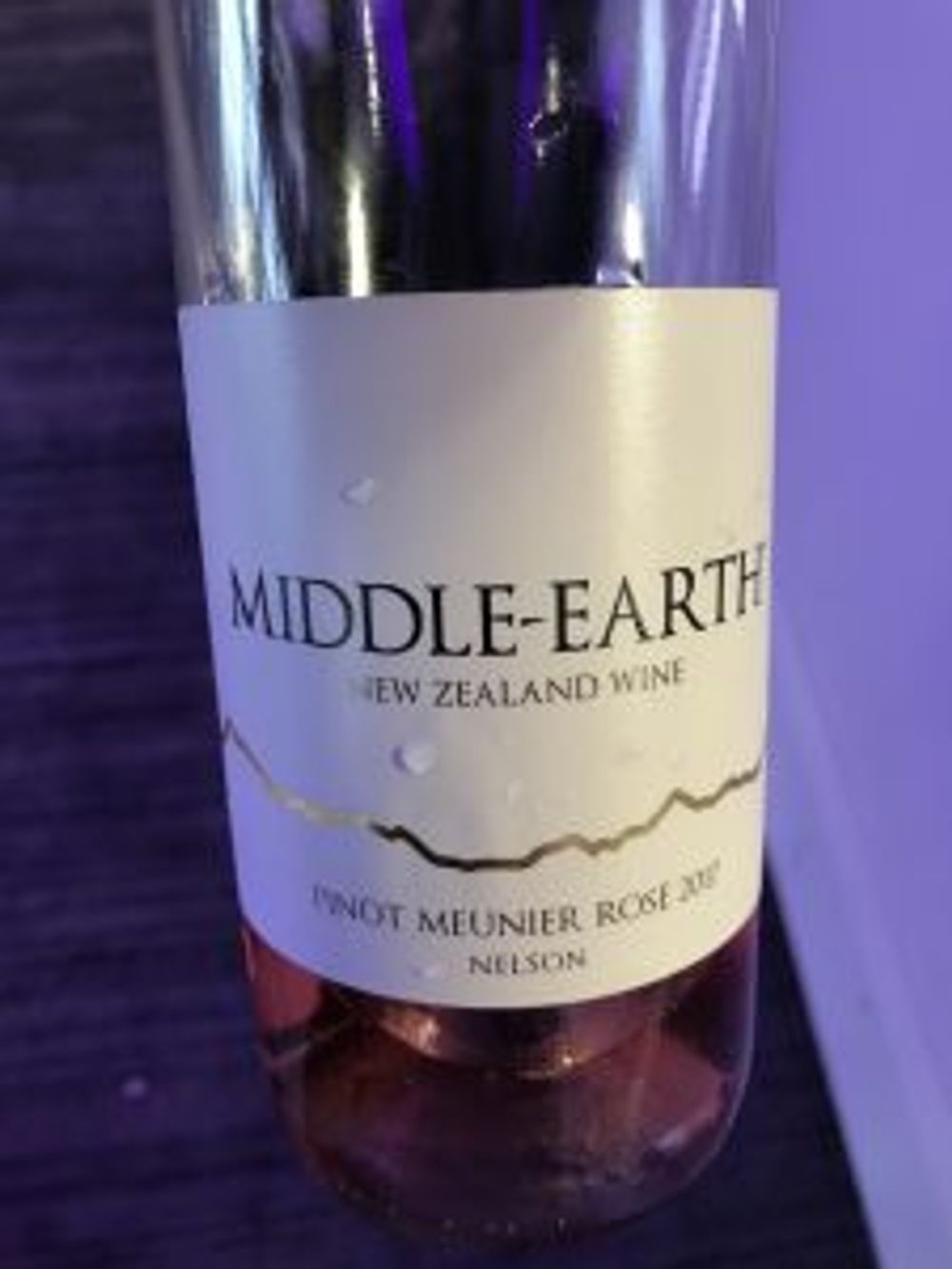
A stickie finished proceedings – a Late Harvest Chenin Blanc 2013 from Astrolabe Vineyards (Armit) in Marlborough that had amazing balance and delicious honeyed fruit flavours. It’s a shame that the country’s 24 hecatares of Chenin Blanc is dwindling as the off-dry Chenin wines are also spectacular as was in evidence elsewhere, particularly from the always interesting producer Millton.
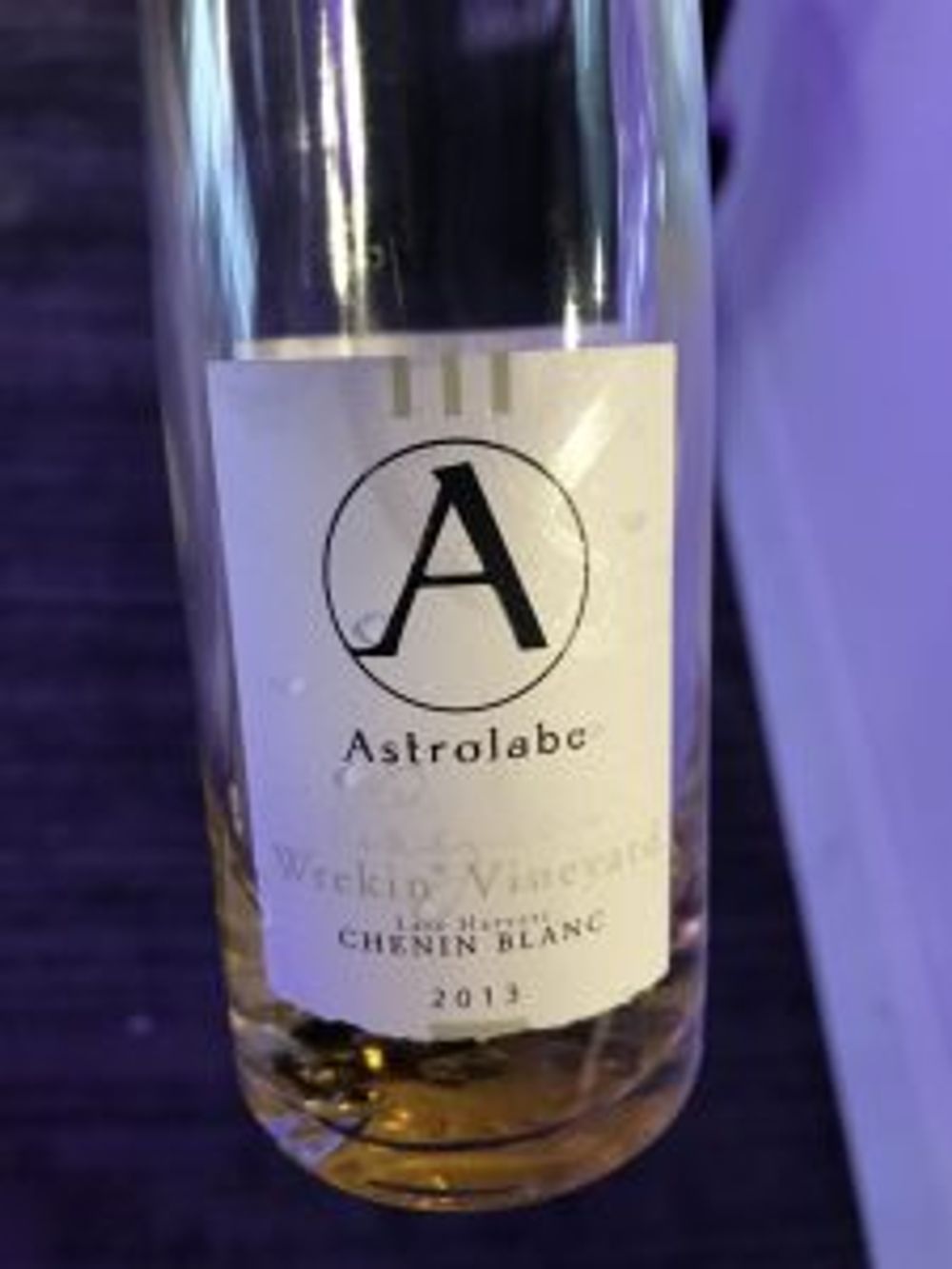
The only red Alternative wine in this seminar was the 2015 Lagrein from Stanley Estates (Seckford) in Marlborough that comes from 8 hectares. This grape that you would normally see in Alto Adige has a wonderful earthy, herbaceous nose with sweet plums and berries, on the palate there was firm tannins, well integrated, fresh acidity and overall good balance. With a keen price, this is a wine I can see working very well in premium on-trade.

Taking a new look at the core varietals
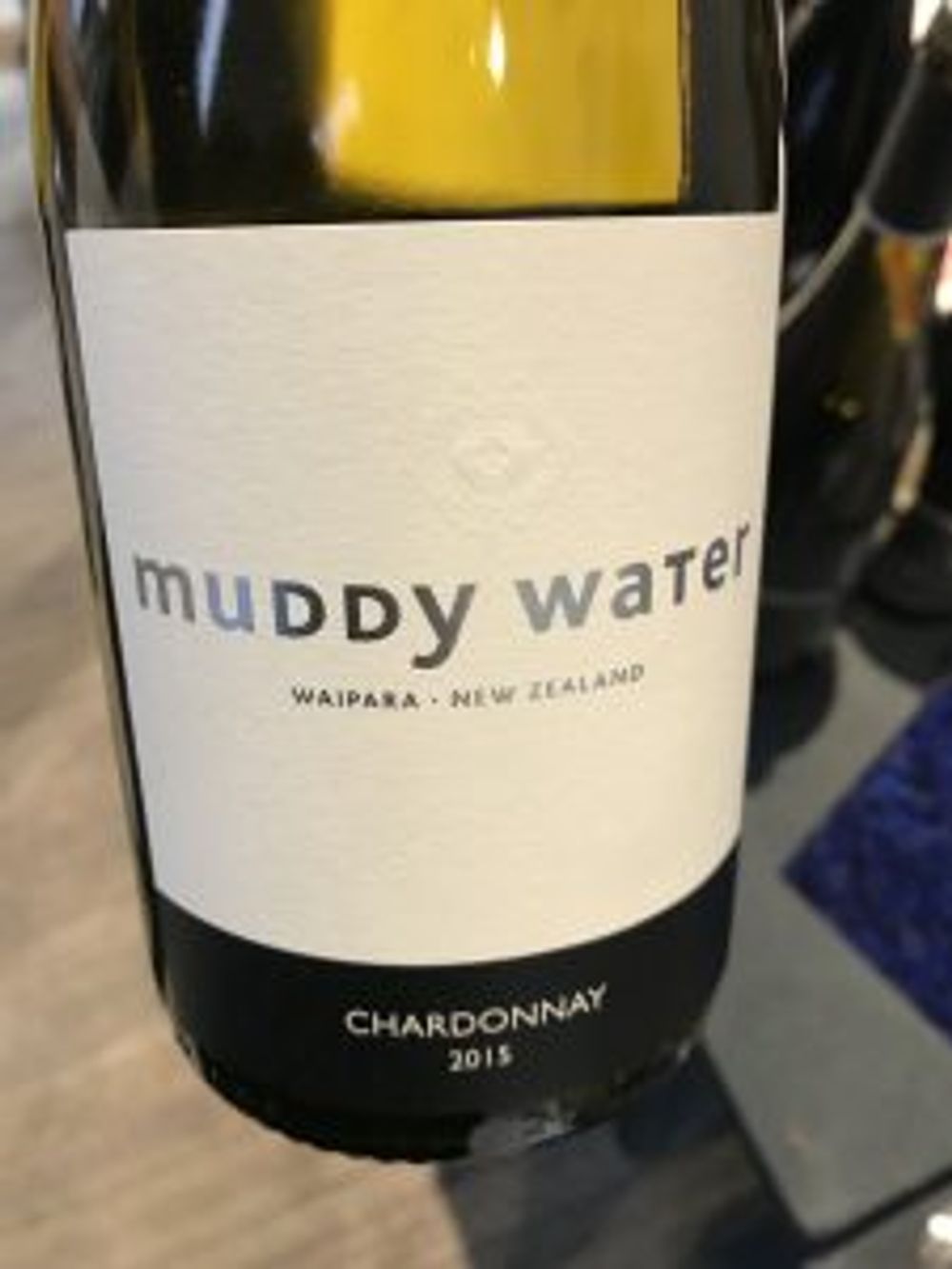
This excellent Chardonnay was one of many new discoveries for me
It’s a given that the full fruit expression of New Zealand Sauvignon Blanc has its place in the worldwide wine market and is key in making the UK New Zealand’s second largest export market, but the changes to production of Sauvignon Blanc and its regionality was given a real focus at Flavours. The same was true of Pinot Noir where a master class focussed on Different Shades of Pinot.
On a table called The Masters, 16 wines had been chosen by 15 Master Sommeliers and Masters of Wine as their favourite wines from a recent trip there – a third were Pinot Noir, including one Prophet’s Rock Cuvée aux Antipodes 2015 (Bibendum) that had been made by a winemaker from Burgundy. There were also some other lovely examples throughout the venue of crunchy, refined Pinot with notes of rhubarb and the like.
Other red varietals were covered off by Rebecca Gibb MW whose master class on Classic Reds was the one I mentioned that was sub-titled ‘Pinot Nah’. Here, half the wines were different expressions of Syrah – I particularly liked Rod McDonald’s Te Awanga Estate Syrah (Global Wine Solutions) from Hawke’s Bay 2015 that was elegant, beautifully textured and light on its feet at 12.5% ABV. He de-stems but doesn’t crush the fruit – the Syrah was very fresh with a nice Christmas cake spice in the finish.


I could mention many, many more wines and discoveries but suffice for now to say New Zealand Wine’s intention of showcasing new aspects of the country’s winemaking paid off in spades last week. The only trouble is that they’ve set the bar very high for themselves for next year.









































